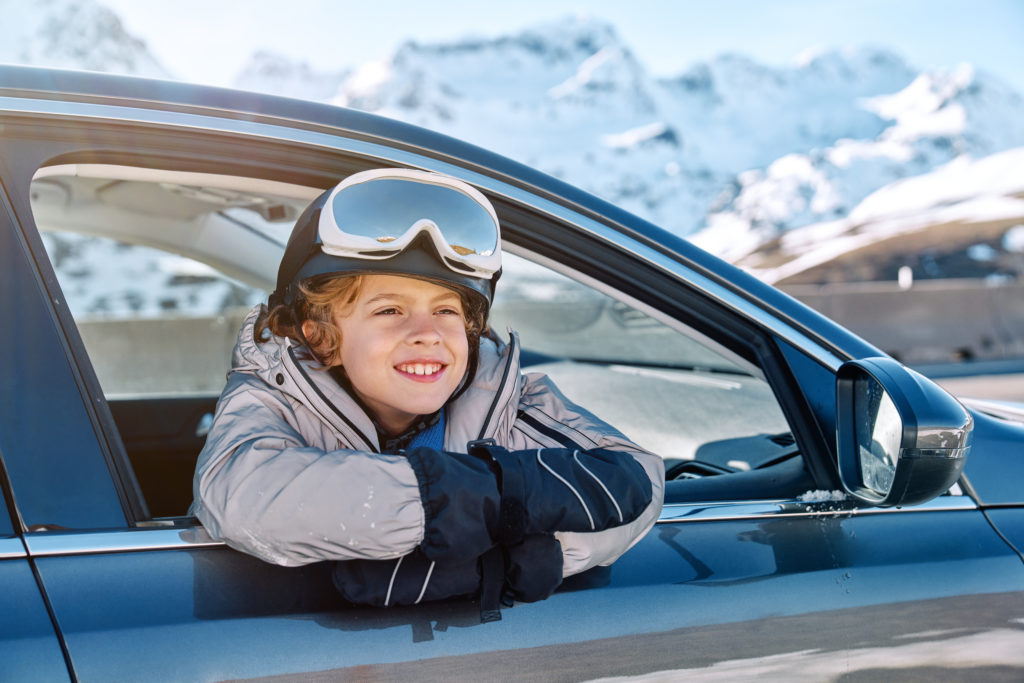Driving isn’t the same in every season. In winter, the roads are icy and visibility is reduced. In summer, there are more pedestrians and bicyclists to watch out for. And in fall, leaves can obscure road hazards.
That’s why it’s important to adjust your driving habits to the season. There are some key things to keep in mind no matter what time of year it is. Keep reading for our seasonal driving tips.
Spring Driving Tips
In spring, melting snow and rain can make roads slick. Be extra careful when driving on wet roads, and give yourself more time to stop than usual.
Be on the lookout for potholes. As the weather warms up, the frozen ground begins to thaw and expand. This can cause pavement to crack and form potholes. If you hit a pothole, it can damage your tires or even cause a blowout. So keep your eyes peeled for potholes, and slow down if you see one ahead.
Also, be mindful of pedestrians, especially in school zones. With the warmer weather comes more people out and about walking and biking. Pay extra attention when driving near crosswalks and school zones, and yield to pedestrians whenever possible.
Summer Driving Tips
During the summer months, there are a few things to keep in mind on the road. First, be aware of increased pedestrian traffic. With the nicer weather, more people are out walking or running for exercise. So take extra care when driving near sidewalks and crosswalks.
Second, watch out for bicyclists. Bicycles are harder to see than cars, so it’s important to keep an eye out for them, especially at intersections. When passing a bicycle, give them plenty of room and don’t try to squeeze by.
Finally, summer is the construction season. With the good weather came an increase in road work. Be patient when driving through construction zones, and follow the posted speed limits and detours.
Fall Driving Tips
In fall, leaves can obscure road hazards like potholes or rocks. So it’s important to be extra vigilant when driving, especially on back roads or rural areas. If you see a leaf-covered hazard in the road, slow down and proceed with caution.
Also, be aware of animals that may be active in the fall months. Deer are more active in autumn as they search for mates. So it’s important to be especially cautious when driving in areas where deer live. If you see a deer on the side of the road, slow down and be prepared to stop.
Winter Driving Tips
Winter driving can be tricky. Roads are often icy or snow-covered, and visibility is reduced by shorter days and bad weather. So it’s important to take extra care when behind the wheel.
First, make sure your car is ready for winter weather. Take it in the auto body shop to get the winterized, and check that your tires have enough tread. In addition, keep an emergency kit in your car in case you get stranded.
Second, take it slow on the road. Accelerate and brake slowly to avoid skidding, and give yourself extra time to stop. If you do start to skid, ease off the accelerator and steer into the direction of the skid until you regain control of the car.
And finally, be extra cautious when driving around snow plows. Snowplows travel more slowly than other traffic, so don’t tailgate them. And be aware that they may kick up snow as they clear the roads, which can reduce your visibility.
By following these seasonal driving tips, you can stay safe on the road all year long. So don’t let the changing seasons stop you from enjoying the open road.


